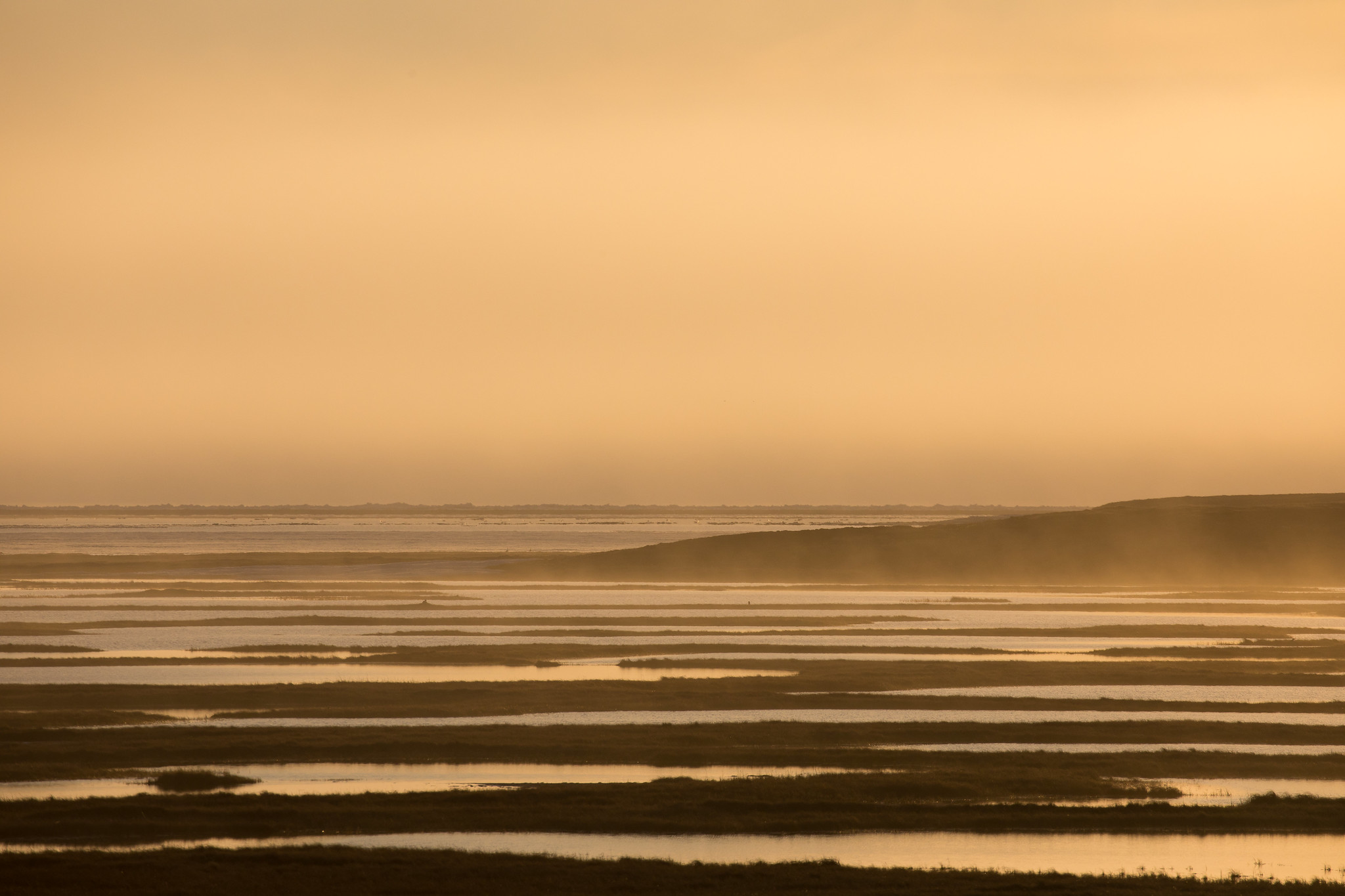There are alternatives to sacrificing the Arctic National Wildlife Refuge’s coastal plain
Drilling ANWR will only extend Alaska's debilitating economic dependency on oil. Renewable energy could provide a brighter economic and ecological future.

The Trump administration recently gave the final go-ahead to drilling in the Arctic National Wildlife Refuge, which by the end of 2020 would authorize the sale of two separate 400,000-acre oil and gas leases, encompassing a major portion of the refuge’s coastal plain and 8 percent of the 19.3 million-acre Refuge.
Opponents who have filed multiple lawsuits to stop the leasing, believe that the approval process was rushed for political reasons resulting in a flawed and inadequate analysis of the environmental impacts, violating prohibitions on killing or harassing of polar bears and laws requiring the protection of indigenous subsistence resources as well as exacerbate sea level rise, extreme weather events, the spread of diseases like and other impacts of climate change.
Alaska’s political leadership, on the other hand, seems unfazed by yet another botched Trump administration environmental analysis and the fact that more drilling in the Arctic will contribute to Alaska’s carbon footprint. Sen. Lisa Murkowski, for example, said “[t]his is a capstone moment in our decades-long push to allow for the responsible development of a small part of Alaska’s 1002 Area. … I’m confident the ROD has been developed carefully and comprehensively and look forward to the lease sales mandated by law…”
Why are our political leaders still stepping in line with President Trump’s insatiable thirst for oil no matter what the environmental cost, when economists have been warning for decades that the state is too dependent on the oil and gas industry to bail it out from spending at an unsustainable rate year after year?
It should have been obvious in the mid-1980s when global oil prices crashed sending the state into a full recession, that not only were the days of the oil and gas fueling fiscal growth over, but continuing to put all the state’s eggs in one basket would actually harm the economy. That the ongoing sugar-daddy delusion was still alive and well by 2003, however, is illustrated by then-Gov. Frank Murkowski’s announcement regarding the solution to the state’s economic crises: “Ladies and gentlemen, in a single word, it’s oil.”
Today the state’s addiction to oil is partly illustrated by the millions it provides via annual tax write-offs to oil and gas corporations who drill in Alaska but do not provide much in the way of return on this investment. in 2014, for example, the state’s largest producer, ConocoPhillips, made 68 percent of its global profits from Alaska but invested only 15 percent of its global capital in the state.
Despite the delusion of some politicians that drilling in places like ANWR could take Alaska back to the days of economic Nirvana of Prudhoe Bay, one thing that could prevent development in ANWR would be if presidential candidate Joe Biden who, if elected, has promised to “permanently protect” the refuge.
But in the end, rather than politics or litigation, it is simple economics that could stop drilling in the coastal plain. Ever sense COVID-19 — which came at a time when oil prices were already down — drove those prices to historic lows, the industry as a whole has been bleeding money, shedding jobs, and interest in drilling in the remote sites with difficult conditions, such as the Arctic refuge, may be waning.
More importantly, while oil companies are making cutbacks in drilling programs, banks
are less inclined to front them capital on future investments resulting in a vicious cycle of less funding available for future drilling. This situation has been further exacerbated by the
declaration from several global banks that they will stop financing oil and gas exploration in the Arctic due to the need to move away from fossil fuels and invest in alternative energy sources because of the rapidly increasing impacts of climate change on communities and ecosystems in the Arctic.
The good news is that with the banks turning away from fossil fuel investments while they decide what kind of energy programs could benefit from COVID-19 stimulus funding, there may not be a better chance than right now to move towards green energy. Fossils fuels have become no more than an economic dinosaur and a carbon-producing disaster, especially for the Arctic.
So, rather than sacrificing the coastal plain and Alaska’s fiscal future, why not investigate the potential local and global economic impact of renewable energy in the Arctic, including solar, and hydro and wind power as part of Alaska’s financial recovery?
Hal Shepherd is a writer and consultant focusing on water policy in Homer, Alaska.
The views expressed here are the writer’s and are not necessarily endorsed by ArcticToday, which welcomes a broad range of viewpoints. To submit a piece for consideration, email commentary (at) arctictoday.com.